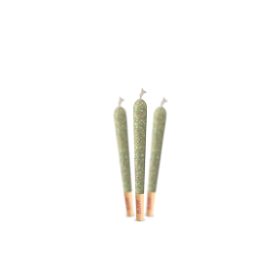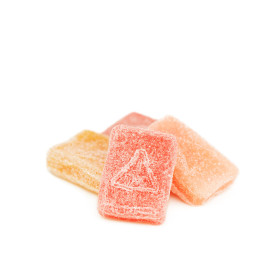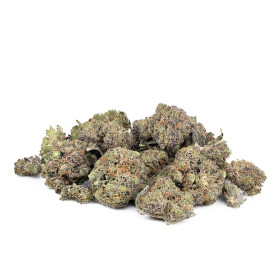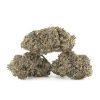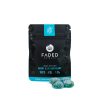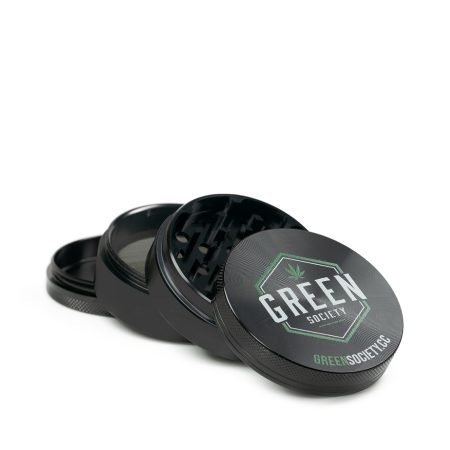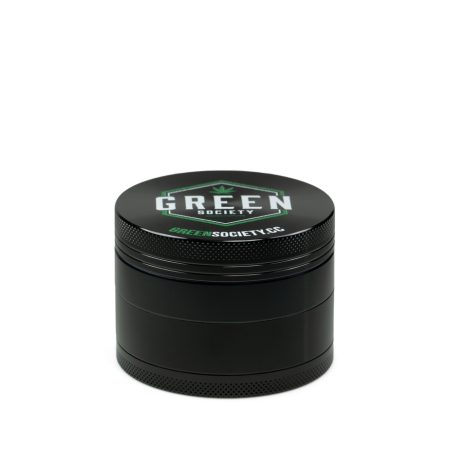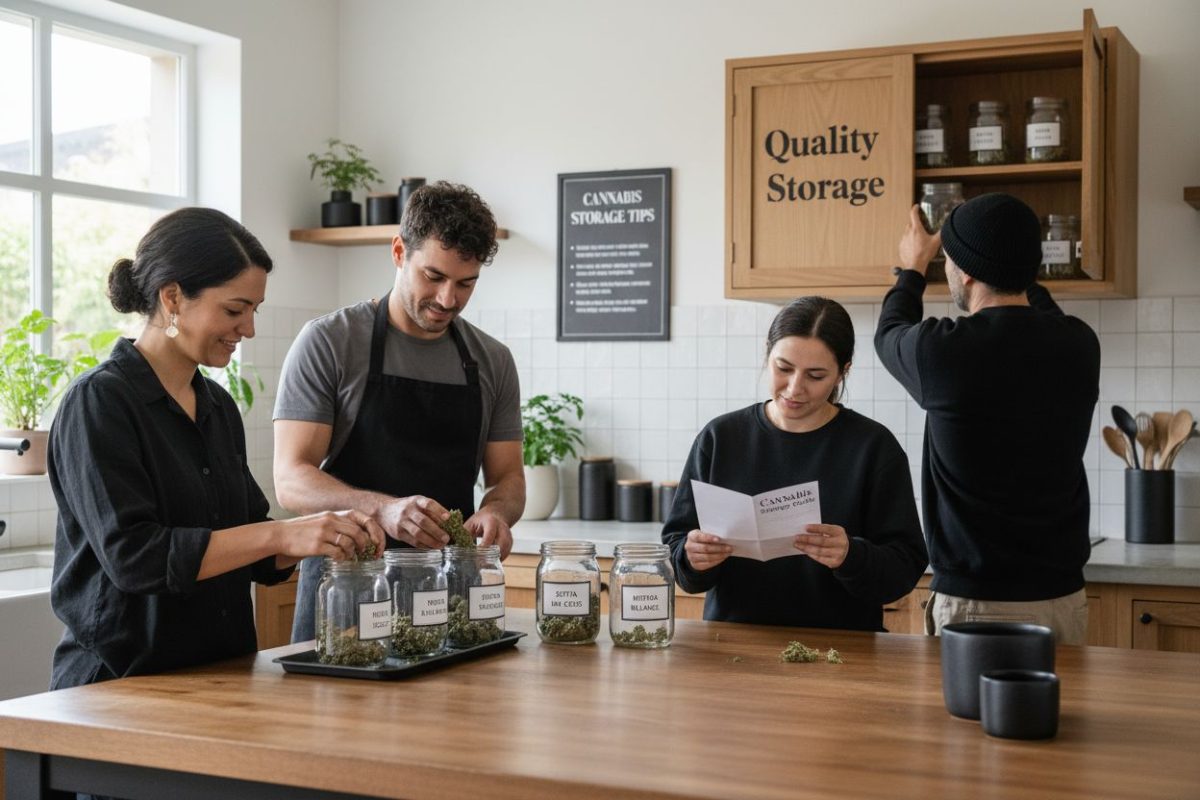Marijuana
Understanding Cannabis Product Storage Tips for Quality
Everyone loves that fresh, vibrant aroma when opening a new stash of cannabis. Most people think a sealed jar in a drawer is good enough to keep it that way. But studies show improper storage can speed up THC breakdown and leave you with less potent cannabis in just a few weeks. Surprising right? The real secret is that how you store your cannabis actually decides the taste, strength, and even the safety of every session.
Table of Contents
- What Makes Proper Cannabis Storage Important?
- The Science Of Cannabis Degradation And Preservation
- Best Practices For Different Types Of Cannabis Products
- Common Mistakes To Avoid In Cannabis Storage
- Real-World Impacts Of Storage On Quality And Experience
Quick Summary
| Takeaway | Explanation |
|---|---|
| Store cannabis in airtight containers | Use glass or ceramic containers to minimize oxygen exposure and protect product quality. |
| Maintain optimal temperature and humidity | Keep cannabis at 15-21°C with 55-65% humidity for best preservation. |
| Avoid light exposure | Store in dark places to prevent photodegradation of cannabinoids and terpenes. |
| Control environmental conditions | Avoid fluctuating temperatures and humidity to limit mold growth and chemical breakdown. |
| Minimize handling and open exposure | Open containers less frequently to reduce contamination and preserve potency. |
What Makes Proper Cannabis Storage Important?
Proper cannabis storage is not just a recommendation but a critical practice for maintaining product quality, potency, and safety. Understanding the science behind cannabis preservation helps consumers protect their investment and ensure optimal consumption experience.
Chemical Composition and Degradation Dynamics
Cannabis contains delicate chemical compounds that are highly sensitive to environmental conditions. THC and other cannabinoids can rapidly degrade when exposed to inappropriate storage conditions. Research from the National Institutes of Health demonstrates that improper storage accelerates the transformation of THC into CBN, significantly reducing the product’s psychoactive properties.
Key factors affecting cannabis degradation include:
- Temperature: Extreme heat or cold can break down cannabinoid structures
- Humidity: Moisture promotes mold and bacterial growth
- Light exposure: UV rays cause rapid cannabinoid breakdown
- Oxygen interaction: Prolonged air exposure oxidizes active compounds
Preservation of Sensory Qualities
Beyond chemical stability, proper storage directly impacts the sensory experience of cannabis. Terpenes, the aromatic compounds responsible for cannabis’s distinctive flavors and therapeutic effects, are volatile and easily lost when not stored correctly. Protecting these delicate molecules ensures that consumers can enjoy the full spectrum of taste, aroma, and potential therapeutic benefits.
For cannabis enthusiasts wanting to learn more about cannabis preservation techniques, understanding these fundamental storage principles is crucial. By implementing proper storage methods, users can significantly extend their product’s shelf life and maintain its original quality.
The Science of Cannabis Degradation and Preservation
Understanding the molecular dynamics of cannabis preservation requires deep insight into how environmental factors interact with its complex chemical structure. Cannabis is a remarkably intricate botanical product with volatile compounds that require precise storage conditions to maintain their integrity.
Molecular Transformation and Chemical Stability
Research from the National Center for Biotechnology Information reveals that cannabinoids undergo significant chemical transformations when exposed to external stimuli. The primary mechanisms of degradation involve oxidation, photochemical reactions, and thermal breakdown.
Key molecular processes include:
- Decarboxylation: Heat converts cannabinoid acid precursors into active compounds
- Oxidation: Oxygen exposure transforms THC into CBN, reducing psychoactive potential
- Photodegradation: UV light breaks down molecular structures
Environmental Interaction and Compound Protection
Cannabis compounds are exceptionally sensitive to environmental conditions. Terpenes and cannabinoids have unique molecular structures that react dynamically to temperature, humidity, and light exposure. Controlling these external factors becomes crucial for preserving the plant’s chemical profile.
Advanced storage techniques focus on minimizing molecular interactions that accelerate degradation.
By creating controlled environments, consumers can significantly extend the potency and sensory qualities of their cannabis products.
For enthusiasts interested in understanding cannabinoid science in greater depth, exploring these molecular interactions provides critical insights into proper preservation strategies.
Best Practices for Different Types of Cannabis Products
Cannabis products encompass a diverse range of formats, each requiring nuanced storage strategies to preserve their unique chemical compositions and sensory characteristics. Understanding the specific preservation needs of different cannabis product types is crucial for maintaining quality and potency.
Flower and Dried Cannabis Storage
Dried cannabis flower represents the most traditional and sensitive product form. According to research published in the Journal of Analytical Toxicology, precise environmental controls are essential for maintaining cannabinoid and terpene profiles.
Key storage considerations for cannabis flower include:
- Container selection: Airtight, opaque glass or ceramic containers
- Temperature range: Consistent 15-21 degrees Celsius
- Humidity control: Maintain 55-65% relative humidity
- Light exposure: Minimal to no direct light contact
Concentrates and Extracts Preservation
Concentrates and extracts demand specialized storage approaches due to their concentrated chemical compositions. These products are more susceptible to temperature fluctuations and oxidation processes. Silicone or glass containers with minimal air exposure provide optimal preservation conditions.
Edible and infused products require different storage techniques. Refrigeration or controlled pantry environments help maintain their structural integrity and prevent degradation. For beginners exploring cannabis tinctures and infused products, understanding product-specific storage nuances is critical.
By implementing product-specific storage strategies, consumers can significantly extend the shelf life and maintain the therapeutic and sensory qualities of their cannabis products.
To help you select the best storage method for your cannabis, the table below compares the storage needs of two major cannabis product types discussed in this article.
| Product Type | Optimal Container | Ideal Temperature | Recommended Humidity | Key Considerations |
|---|---|---|---|---|
| Dried Cannabis Flower | Airtight opaque glass/ceramic | 15-21°C (consistent) | 55-65% RH | Avoid light, maintain stable environment |
| Concentrates & Extracts | Silicone or glass (minimal air) | Cool, stable temperature | Not as critical | Minimize air exposure, avoid temp swings |
| Edibles & Infused Products | Sealed food-safe container | Refrigerated or pantry temp | Varies by product | Follow specific product instructions |
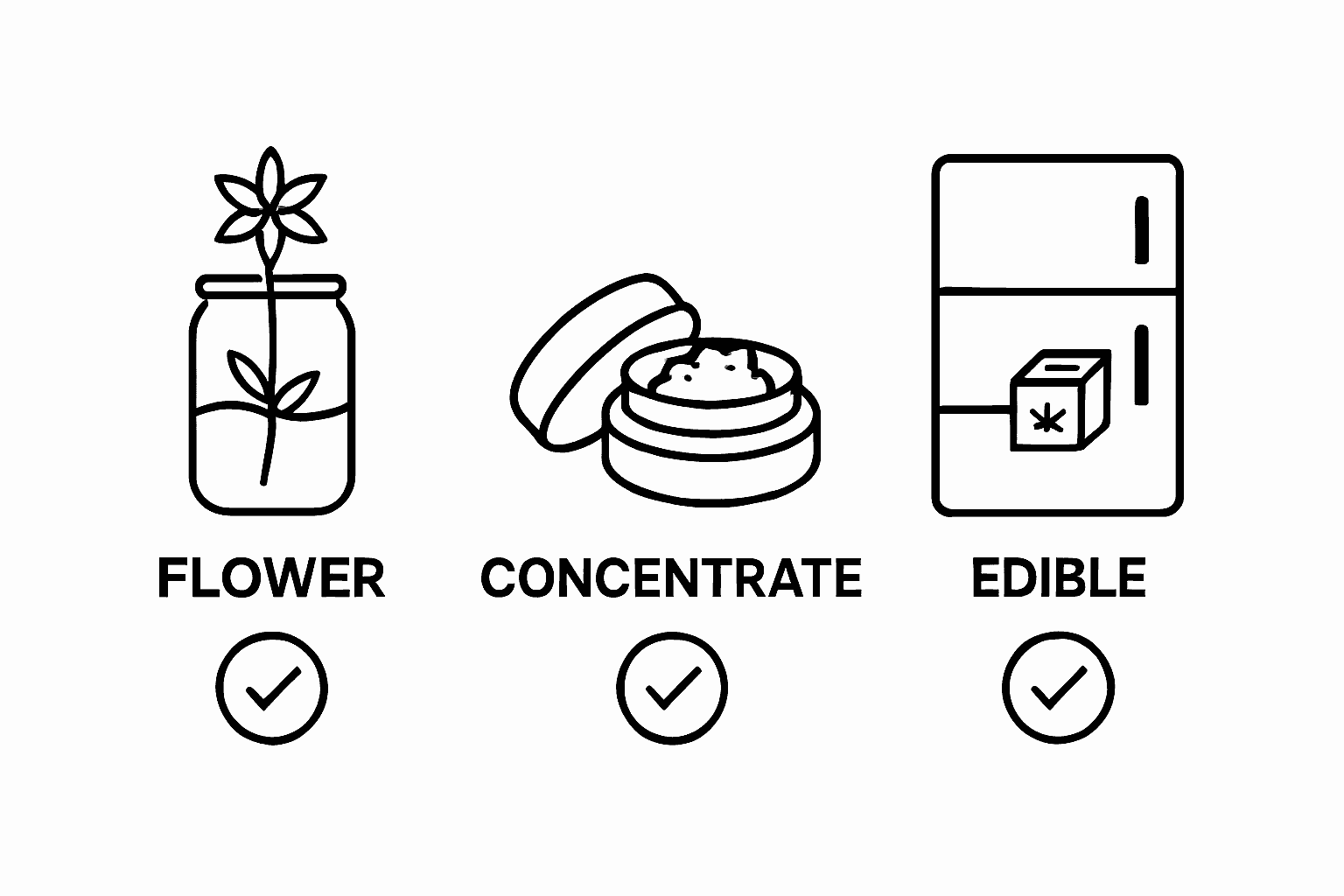
Common Mistakes to Avoid in Cannabis Storage
Consumers often underestimate the complexity of cannabis preservation, inadvertently compromising product quality through seemingly innocuous storage practices. Understanding and avoiding common pitfalls is essential for maintaining the integrity of cannabis products.
Environmental Mismanagement
Research from Cannabis and Cannabinoid Research highlights the critical impact of environmental conditions on cannabis degradation. Many consumers make fundamental errors that accelerate product deterioration.
Significant storage mistakes include:
- Refrigerator storage: Introduces moisture and temperature fluctuations
- Plastic container usage: Creates static and potential contamination
- Direct sunlight exposure: Rapidly degrades cannabinoid structures
- Inconsistent temperature: Promotes mold and bacterial growth
Container and Handling Errors
Improper container selection dramatically impacts cannabis preservation. Glass containers with airtight seals provide superior protection compared to alternative storage methods. Consumers frequently overlook the importance of selecting containers that minimize oxygen interaction and prevent external contamination.
Additional handling errors involve frequent opening, inappropriate touching, and storing products near heat sources or electronic devices. These practices can introduce contaminants and accelerate chemical breakdown.
For cannabis enthusiasts seeking comprehensive guidance on maintaining product freshness, understanding these nuanced storage principles is paramount. Implementing careful, systematic storage techniques ensures maximum potency and sensory quality.
The table below summarizes common cannabis storage mistakes and the resulting impacts on product quality, helping you avoid errors that can compromise your experience.
| Storage Mistake | Resulting Issue |
|---|---|
| Refrigerator storage | Moisture and temperature fluctuations risk mold |
| Using plastic containers | Static, contamination, loss of trichomes |
| Direct sunlight exposure | Rapid cannabinoid and terpene degradation |
| Inconsistent temperature | Increased risk of mold and bacteria growth |
| Frequent opening/handling | Introduces contaminants, accelerates breakdown |
| Near heat/electronics | Heat exposure causes chemical breakdown |
Real-World Impacts of Storage on Quality and Experience
Cannabis storage is not merely a theoretical concept but a practical consideration with tangible consequences for product quality, therapeutic effectiveness, and overall user experience. The manner in which cannabis products are stored directly influences their chemical composition, sensory attributes, and potential benefits.
Potency and Chemical Integrity
Research from the Journal of Cannabis Research demonstrates that improper storage can dramatically reduce cannabinoid concentration and alter molecular structures. Cannabinoid degradation is not just a theoretical concern but a measurable reality that significantly impacts product performance.
Key performance impacts include:
- Reduced psychoactive potential: THC breakdown decreases expected effects
- Diminished therapeutic value: Cannabinoid degradation limits medicinal properties
- Altered sensory experience: Terpene loss changes flavor and aromatic profiles
- Compromised product investment: Rapid quality deterioration wastes financial resources
Sensory and Experiential Consequences
Beyond chemical changes, storage practices directly influence the sensory qualities that define cannabis consumption. Improper storage can transform a premium product into a lackluster experience. Temperature fluctuations, moisture exposure, and inappropriate handling can strip away the nuanced flavor profiles and aromatic complexities that distinguish high-quality cannabis.
Consumers seeking comprehensive insights into cannabis product preservation must recognize that storage is not a passive process but an active form of product management. Thoughtful, strategic preservation ensures that each cannabis experience meets its full potential.

Protect Your Cannabis Quality with GreenSociety.cc
Preserving cannabis freshness and potency is a constant challenge. Many readers struggle with degraded products due to mistakes like poor container selection, light exposure or temperature swings. If you care about maintaining sensory experience, taste and the full benefits of your purchase, you need reliable solutions, not just tips. That is why the right storage is so crucial for real-life results.

Ready to keep your cannabis in its best shape? GreenSociety.cc does more than offer top-quality flowers, concentrates, edibles and tinctures. We provide guidance and enable you to order everything you need for effective storage and long-term freshness. Shop worry-free, discover cannabis accessories that make storage simple and enjoy discreet shipping, exclusive deals, and resources designed for both new users and connoisseurs. Visit GreenSociety.cc today to put smart storage tips into action and keep your cannabis investments protected from the very first order.
Frequently Asked Questions
What is the best way to store dried cannabis flower?
To preserve the quality of dried cannabis flower, store it in an airtight, opaque glass or ceramic container at a consistent temperature of 15-21 degrees Celsius, with relative humidity maintained between 55-65%. Avoid direct light exposure.
How does humidity affect cannabis storage?
High humidity levels can promote mold and bacterial growth, while too low humidity can dry out the product and diminish potency. It is ideal to keep cannabis within a relative humidity range of 55-65% to maintain quality.
What are the signs that cannabis has degraded?
Degraded cannabis may exhibit a loss of aroma and flavor, a dry texture, or the presence of mold. Additionally, if THC breaks down into CBN, users might notice decreased psychoactive effects.
Can I store cannabis in the refrigerator?
It’s not advisable to store cannabis in the refrigerator as it introduces moisture and temperature fluctuations that can compromise quality. Room temperature in a controlled environment is preferable.
Recommended
- How To Store Marijuana Learn from us | Green Society Blog
- How to Keep Your Weed Fresh ~ Green Society Blog
- How To Tell If Your Vape Oil Is High Quality | |Green Society Blog
- The Smell Of Marijuana – How to Eliminate | Green Society Blog

